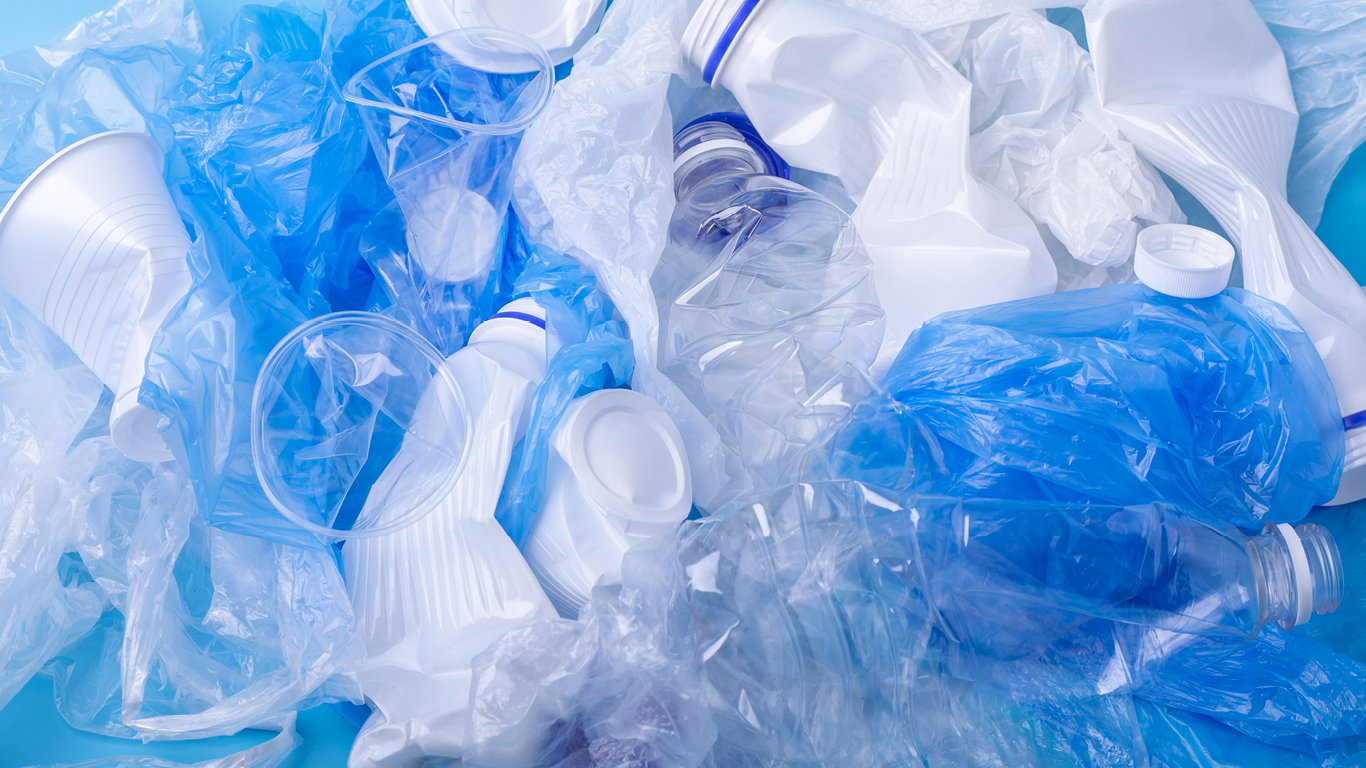
Plastic. It’s everywhere, man. It’s travelled every road in this land in products on their way to store shelves, landfills and everywhere in between as part of our day-to-day lives.
And though Canada continues in its efforts to further reduce, re-use, and recycle plastic, we’re still using a lot of it. According to recently released detailed estimates from Statistics Canada’s pilot project on the life cycle of plastic material, this is especially true when it comes to packaging.
In 2019, there were nearly 6.2 million tonnes of plastic in products produced for Canadian consumption, and nearly 2.3 million (36.9%) of those tonnes were in packaging. This is the largest proportion among all product categories, representing over half a million tonnes more than the combined total of plastic found in vehicles, electrical and electronic equipment and textiles.
This proportion is down slightly from 2012, when packaging made up two-fifths (40.0%) of the nearly 5.2 million tonnes of plastic in products for Canadian consumption. However, the amount of plastic in packaging has risen in most years, with one yearly decline (2015 to 2016).
The amount of plastic in three of the four packaging categories measured, meaning bottles, film and non-bottle rigid, has increased from 2012 to 2019.
The largest increase in produced plastic was for bottles, rising by nearly 100,000 tonnes from 2012 to 471,393 tonnes in 2019. It is the only product in the packaging category to see a rise in each subsequent year.
The amount of plastic produced for film—accounting for the most tonnes of the four packaging categories, including products such as food wrap—increased by 7.6% from 2012 to over 1.4 million tonnes in 2019. The 375,561 tonnes of plastic produced in 2019 for non-bottle rigid packaging, such as margarine containers, was an 8.5% increase from 2012.
There were 22,387 tonnes of plastic in other packaging products (such as plastic bottle caps, lids and lipstick holders) in 2019, a decrease of about one-third (34.3%) from the amount recorded in 2012.
Highest proportions of recycled material and waste
Despite all this, there is somewhat of a silver lining in plastic packaging. In 2019, recyclers produced 402,496 tonnes of recycled plastic pellets and flakes, which were made available to product manufacturers. Packaging products made up more than four-fifths (82.9%) of these resins.
However, far more of it ends up in the trash. Of the over 3.9 million tonnes of disposed plastic waste and scrap in 2019, about half (49.4% or over 1.9 million tonnes) was in plastic packaging. Nearly 70% of the plastic in that packaging was in film (1.4 million tonnes) or about one-third (34.3%) of all disposed plastic waste and scrap.
In addition, nearly all (95.7%) of the plastic in film produced for Canadian consumption in 2019 ended up as disposed waste and scrap, roughly in line with 2012 (96.2%), suggesting that there is room for significant improvement in reducing its use or diverting more of it to recycling.
By way of comparison, 13.1% of the nearly 1.5 million tonnes of plastic in construction materials were permanently disposed of in 2019, along with over three-quarters (77.6%) of the 970,811 tonnes of plastic produced for vehicles. Plastics used in construction and vehicle manufacturing tend to stay in use much longer than plastic packaging, which is often discarded relatively close to the time it was produced.
Of the 43,140 tonnes of plastic leaked permanently into the environment in 2019, over three-fifths (62.7%) were used in packaging, similar in proportion to 2012 (63.5% of 38,562 tonnes). Film (16,751 tonnes) and bottles (5,595 tonnes) accounted for most of the packaging leaked into the environment in 2019.
Canada's Zero Waste Plastic Agenda
The pilot physical flow account for plastic material was created to support the Government of Canada's Strategy on Zero Plastic Waste. It is an experimental project estimating the life cycle of plastic in Canada and allows for the exploration of long-term trends. Statistics Canada may further develop the methodology based on lessons learned from this pilot project.
Contact information
For more information, contact the Statistical Information Service (toll-free 1-800-263-1136; 514-283-8300; infostats@statcan.gc.ca) or Media Relations (statcan.mediahotline-ligneinfomedias.statcan@statcan.gc.ca).
